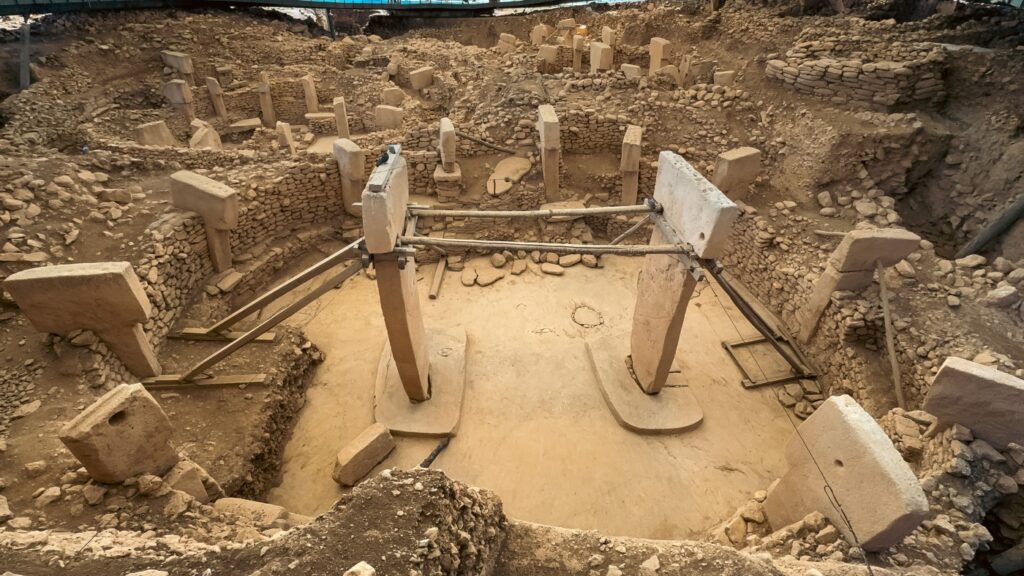The article discusses Göbekli Tepe, widely regarded as the world’s oldest temple, located in Sanliurfa, Turkey. Dating back approximately 12,000 years, this archaeological site features T-shaped limestone pillars adorned with carvings of animals and human figures, suggesting it served as a gathering place for nomadic hunter-gatherers.
There is ongoing debate among scientists regarding its purpose, with some viewing it as a ritual site and others as a social hub crucial for early community bonding. Despite decades of research, the site’s mysteries persist, allowing for various interpretations and theories.
Some theorists, including conspiracy theorists like Graham Hancock and Jimmy Corsetti, suggest alternative narratives, including the existence of a lost civilization. This speculation, spread through popular media platforms, poses challenges to archaeologists, who emphasize the importance of careful excavation to preserve the site’s integrity for future study.
Archaeologist Lee Claire, overseeing the site, argues against conspiracy claims, asserting that the slower pace of excavation is due to ethical considerations in archaeology. He highlights the risk of misinformation overshadowing the genuine stories the site holds about humanity’s early storytelling capabilities. The article concludes by noting that Göbekli Tepe may represent a pivotal moment in human history, where shared meaning began to emerge.
Source link


